
Opulence and High Performance
The 1950s saw prosperity slowly return after World War II, and with it increasing demand for cars of the highest luxury. But now, as roads improved and people’s horizons broadened, ultimate performance was a goal, too. The best post-war cars were expected to cruise all day at 100 mph (161 km/h)—more if they claimed to be serious sports cars—and before long, that’s what they did.
Rolls-Royce Silver Dawn, 1949
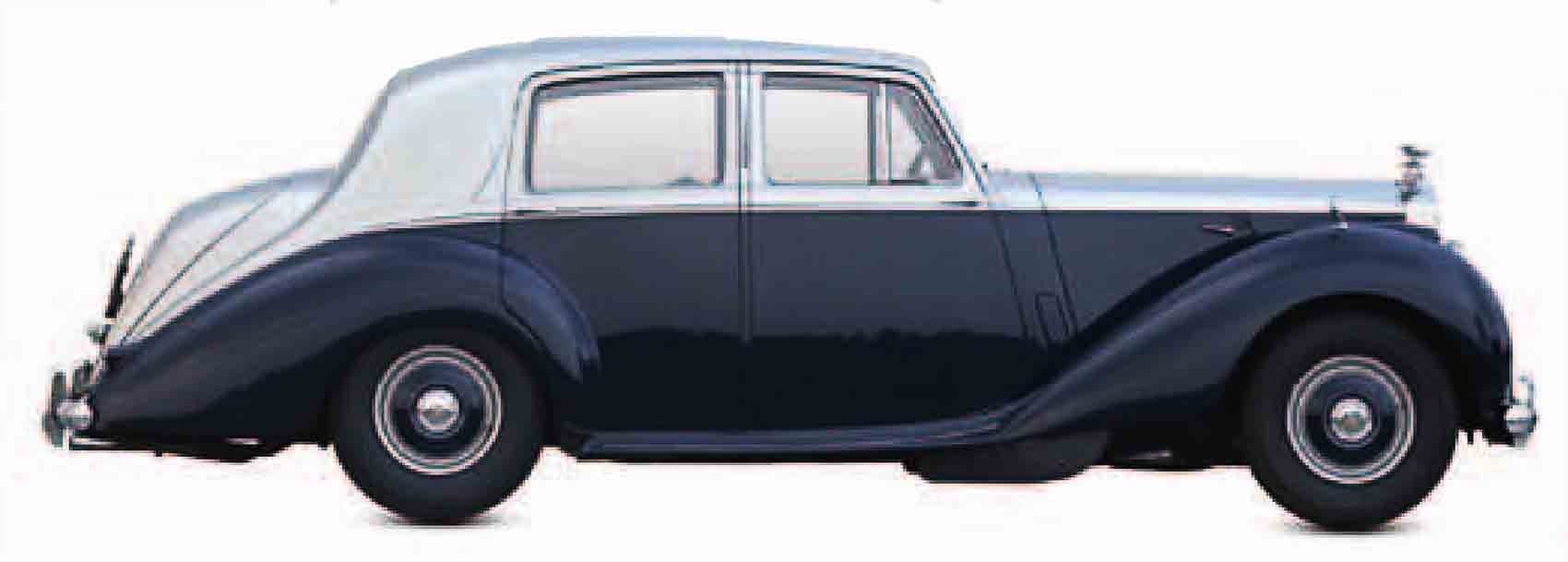
| Origin | UK |
| Engine | 4,566 cc, straight-six |
| Top speed | 87 mph (140 km/h) |
Rolls-Royce claimed to make the best cars in the world, and on engineering integrity, it did. This was its “smallest” car: still the ultimate opulence for four.
Rolls-Royce Silver Cloud I, 1955
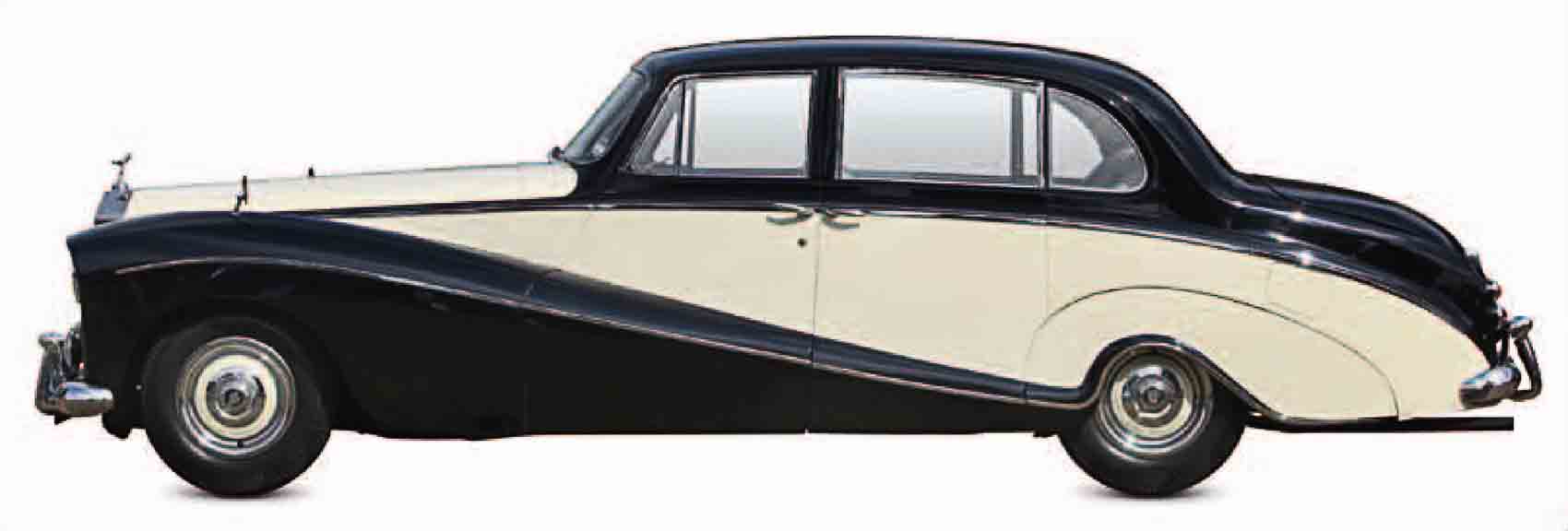
| Origin | UK |
| Engine | 4,887 cc, straight-six |
| Top speed | 106 mph (171 km/h) |
Still being built on a separate chassis meant that Rolls-Royces could easily be fitted with coachbuilt luxury bodies: this one by Hooper & Co. exudes grace.
Jaguar Mk VIl, 1951

| Origin | UK |
| Engine | 3,442 cc, straight-six |
| Top speed | 102 mph (164 km/h) |
The Mark VII was the car William Lyons was preparing for when he produced the stunning XK120. Fast, stylish, and luxurious, the Mk VIl was a great sedan.
Bristol 403, 1953

| Origin | UK |
| Engine | 1,971 cc, straight-six |
| Top speed | 104 mph (167 km/h) |
Still clearly derived from the outstanding prewar BMWs, the Bristol 403 had 100 bhp, which was put to great effect in this aerodynamic, high-quality four-seater.
Jaguar XK140 FHC, 1955

| Origin | UK |
| Engine | 3,442 cc, straight-six |
| Top speed | 124 mph (200 km/h) |
Seeing the insatiable demand for its XK sports cars, Jaguar produced variants including this fixed-head coupe with a wood and leather interior.
Jaguar XK150 FHC, 1957

| Origin | UK |
| Engine | 3,781 cc, straight-six |
| Top speed | 132 mph (212 km/h) |
Sold first in slightly less potent 3.4-liter form, the XK150 FHC was a very civilized sports 2+2, capable of cruising happily all day at 100 mph (161 km/h) in relative silence.
Jaguar Mk lX, 1959

| Origin | UK |
| Engine | 3,781 cc, straight-six |
| Top speed | 114 mph (183 km/h) |
Jaguar’s last separate-chassis sedan boasted 220 bhp, power steering, and all-disc brakes, making it a highly civilized if heavyweight, gentleman’s express.
Mercedes-Benz 300, 1951
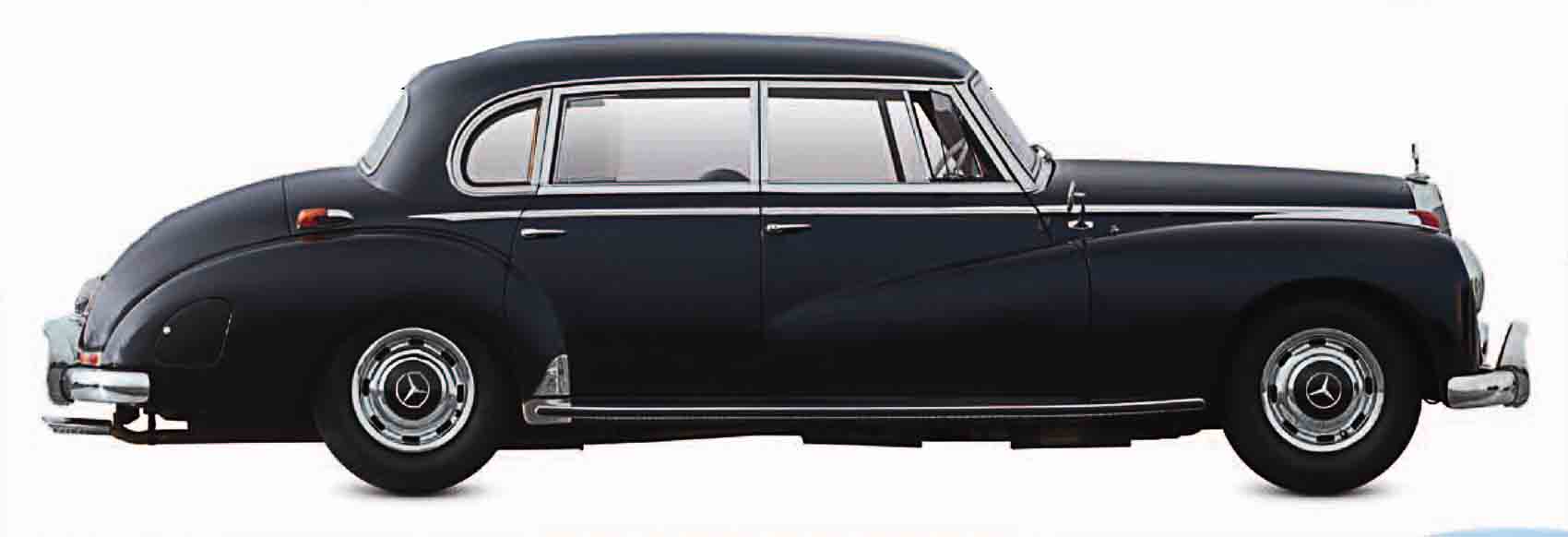
| Origin | Germany |
| Engine | 2,996 cc, straight-six |
| Top speed | 103 mph (166 km/h) |
Germany’s first prestige car after World War II was built with quality and durability as priorities. Around 1,000 a year were built over 10 years.
Facel Vega FVS, 1954
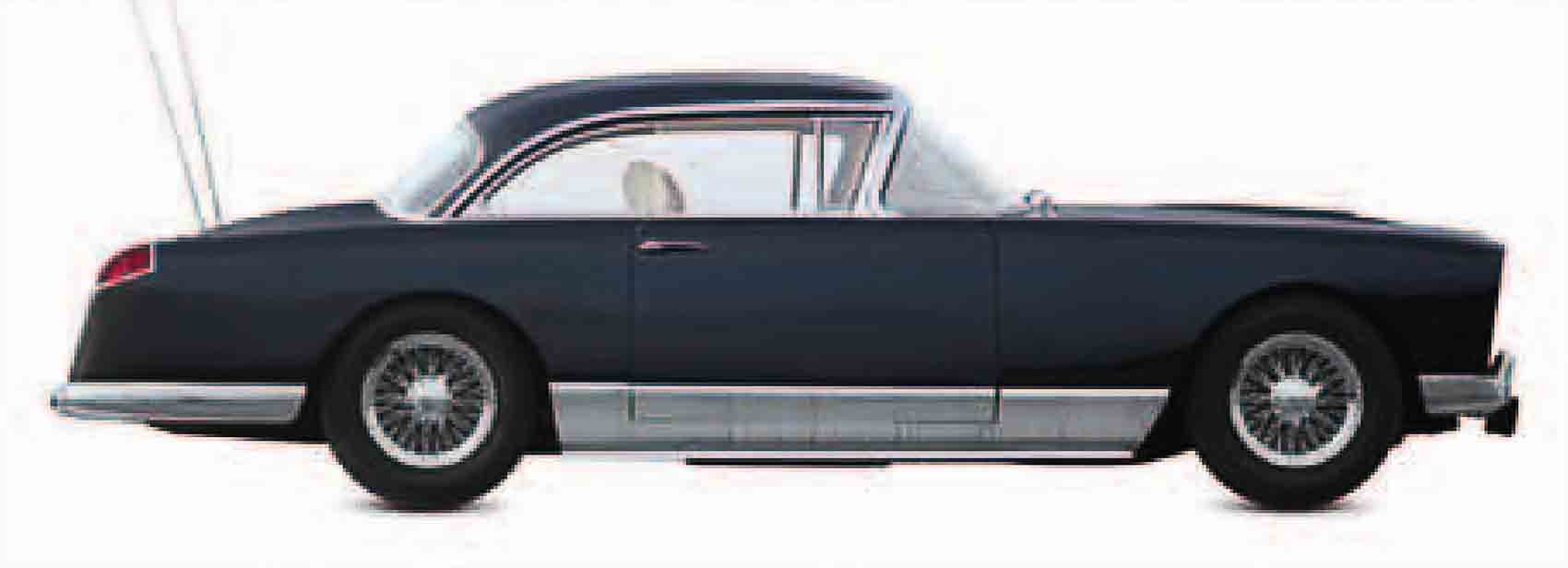
| Origin | France |
| Engine | 5,801 cc, V8 |
| Top speed | 134 mph (216 km/h) |
One of the first European marques to use U.S. V8 power (in this case, from Chrysler), Facel Vega offered an outstanding “Grand Routier” in the extremely stylish FVS.
Mercedes-Benz 300SL, 1954
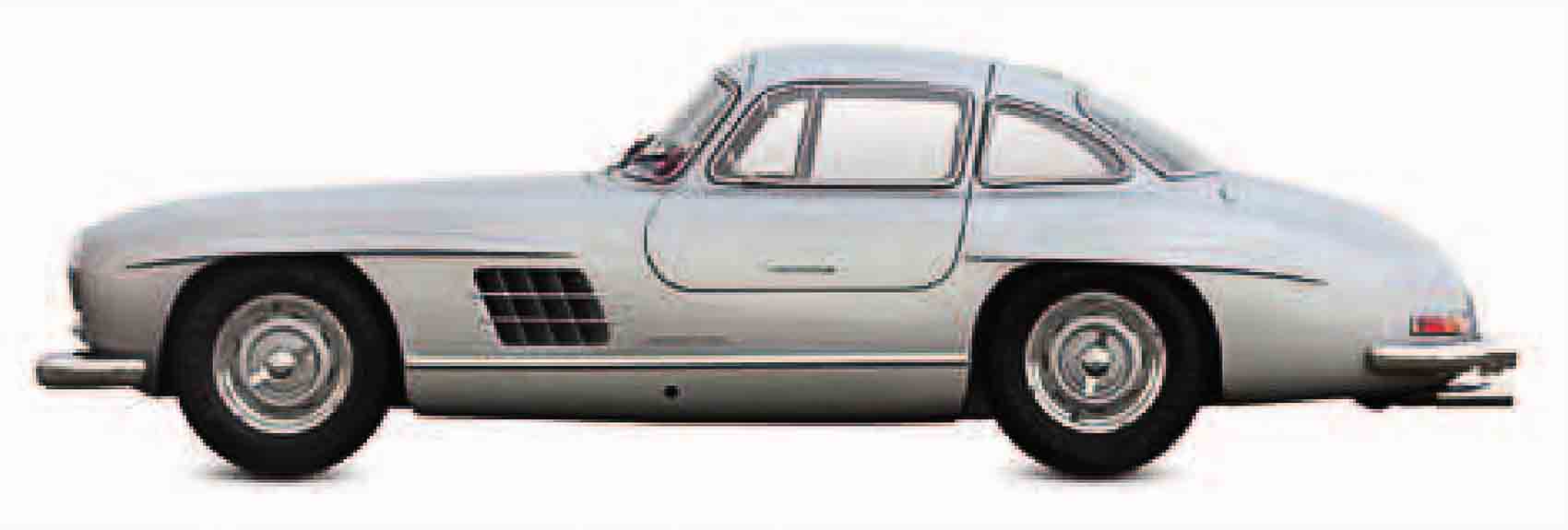
| Origin | Germany |
| Engine | 2,996 cc, straight-six |
| Top speed | 129 mph (208 km/h) |
One of the most iconic cars of the 1950s, the 300SL with its gull-wing doors and 250 bhp fuel-injected, dry-sump engine was an outstanding sports coupé.
Lancia Aurelia B20 GT, 1953

| Origin | Italy |
| Engine | 2,451 cc, V6 |
| Top speed | 115 mph (185 km/h) |
Brilliantly engineered with the world’s first production V6 engine and semi-trailing arm rear suspension, the Aurelia was built to perfection, regardless of cost.
Tatra 603, 1956

| Origin | Czechoslovakia |
| Engine | 2,474-2,545 cc, V8 |
| Top speed | 100 mph (161 km/h) |
This top-quality, streamlined sedan was built mainly for Czech diplomats. The 603 has a compact, air-cooled V8 engine, which is mounted at its back.
Ferrari 250GT, 1956
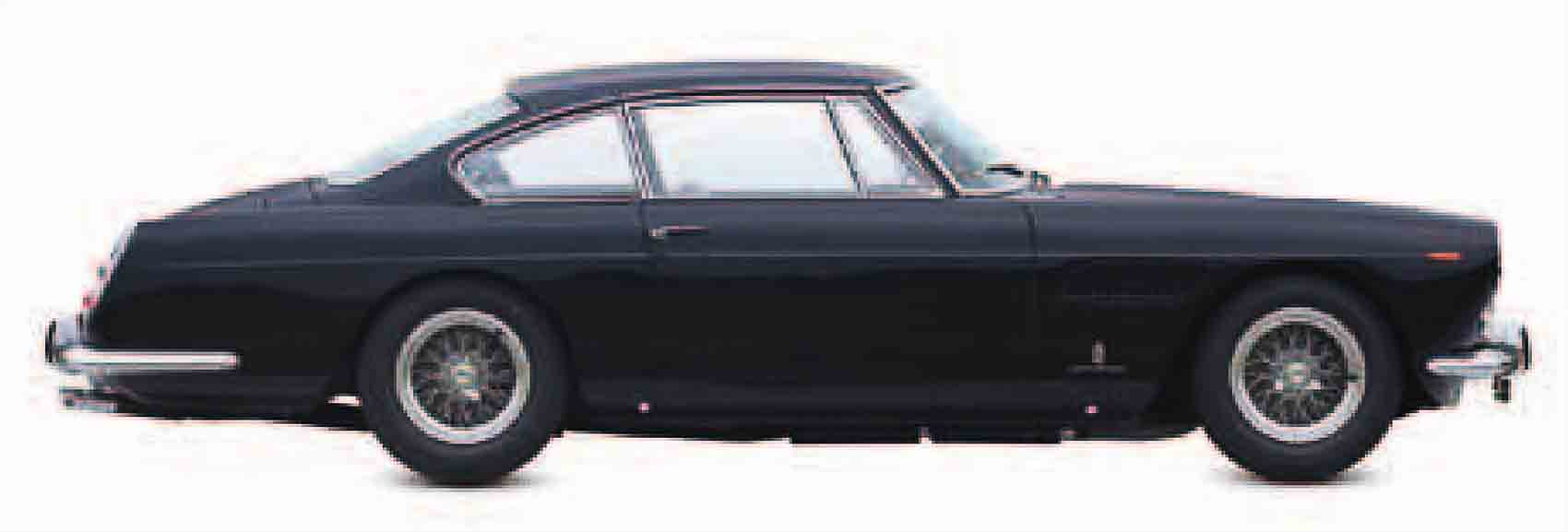
| Origin | Czechoslovakia |
| Engine | 2,953 cc, V12 |
| Top speed | 145 mph (233 km/h) |
Ferrari’s first volume-production GT, the 250 boasted tremendous performance from the triple-Weber carburetor V12, within a luxurious 2+2 coupé styled by Pinin Farina
Kaiser Darrin, 1954

| Origin | USA |
| Engine | 2,641 cc, straight-six |
| Top speed | 96 mph (154 km/h) |
Shipbuilder Henry Kaiser turned to cars after World War II. The fiberglass-bodied Darrin, with doors that slid into the front wings, was the brainchild of designer Howard “Dutch” Darrin.
Bentley R-type Continental, 1952
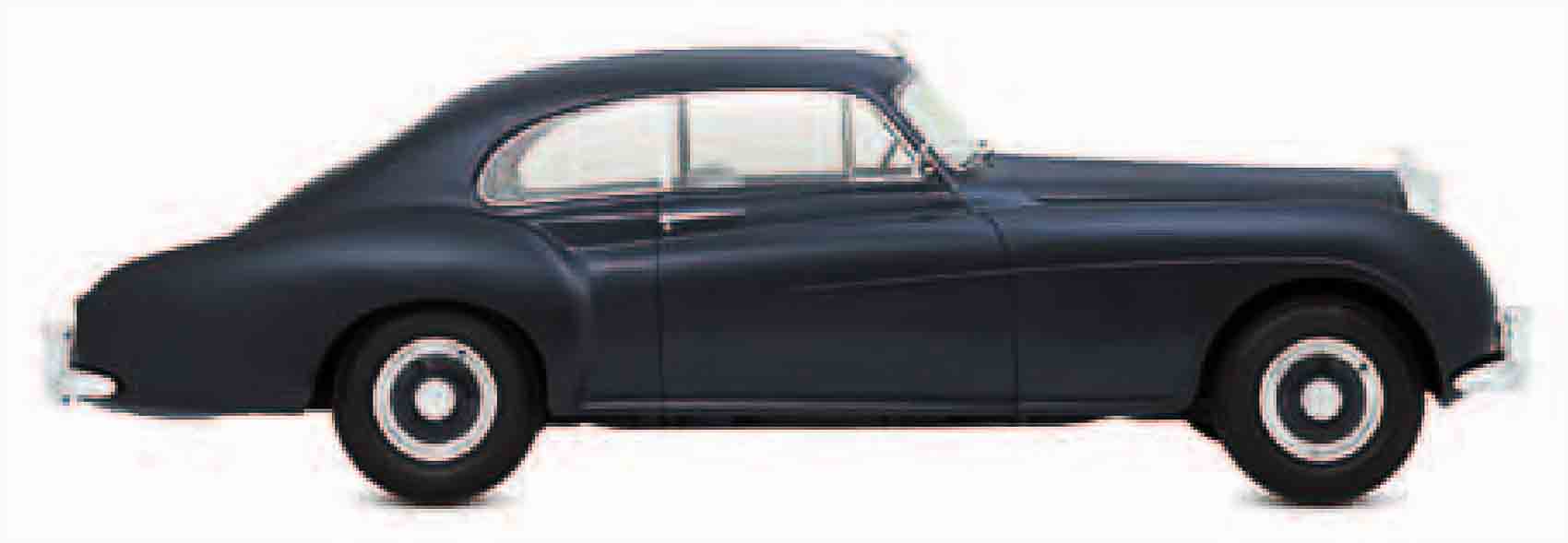
| Origin | UK |
| Engine | 4,566 cc, straight-six |
| Top speed | 120 mph (193 km/h) |
Rolls-Royce finally cashed in on subsidiary Bentley’s sporting heritage with this magnificent coachbuilt Grand Touring sedan, the epitome of luxury and speed.
Bentley S2, 1959
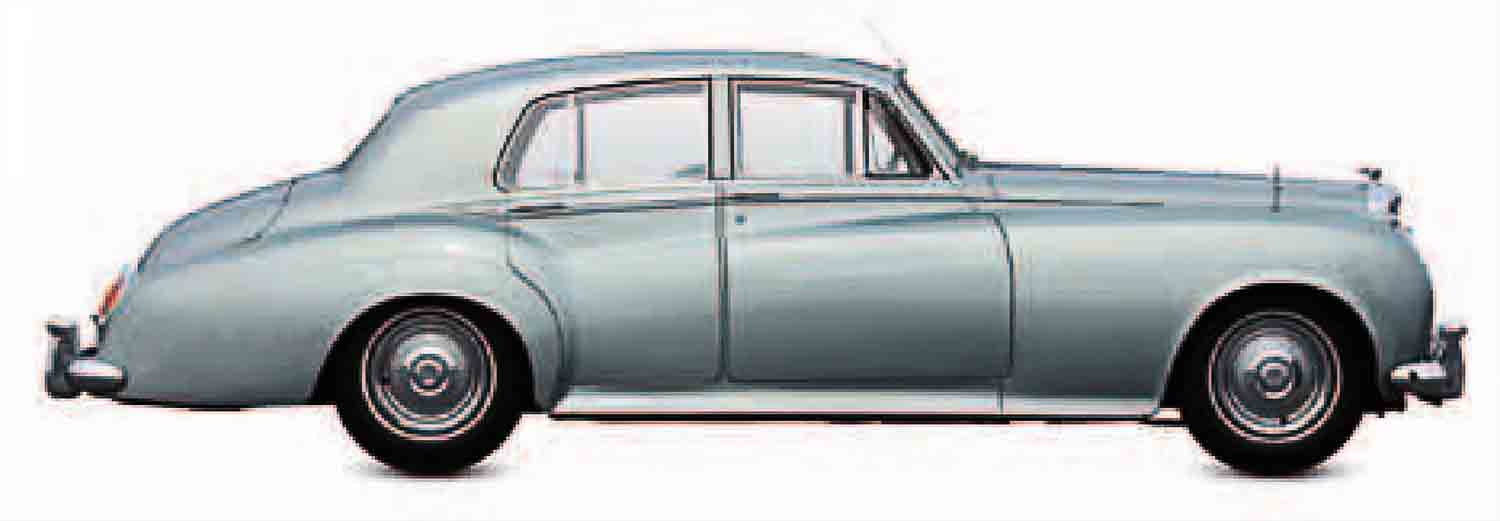
| Origin | UK |
| Engine | 6,230 cc, V8 |
| Top speed | 113 mph (182 km/h) |
Rolls-Royce and Bentley were at a disadvantage in the United States, where their six-cylinder engines were considered downmarket. That changed with this silken V8.
Aston Martin DB2/4, 1953
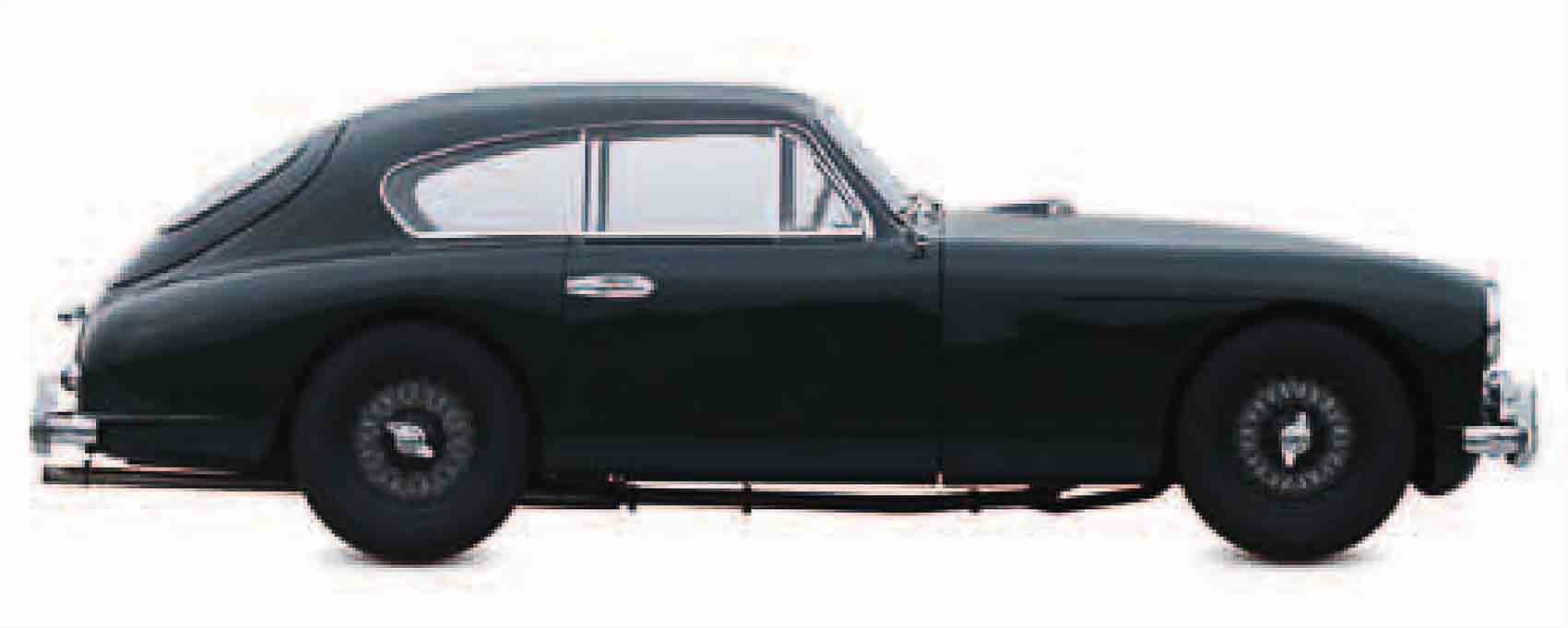
| Origin | UK |
| Engine | 2,580 cc, straight-six |
| Top speed | 116 mph (187 km/h) |
Expensive and exclusive, with W.O. Bentley’s twin-overhead-camshaft engine in a tubular chassis, the Aston Martin epitomized racing pedigree and class.
Aston Martin DB4, 1958

| Origin | UK |
| Engine | 3,670 cc, straight-six |
| Top speed | 141 mph (227 km/h) |
By the end of the decade, the Aston Martin had grown into a true luxury supercar, with exotic Italian styling by Touring and 240 bhp from its new twin-cam engine.
It is a quote. The Definitive Visual History Of The Automobile 2011




